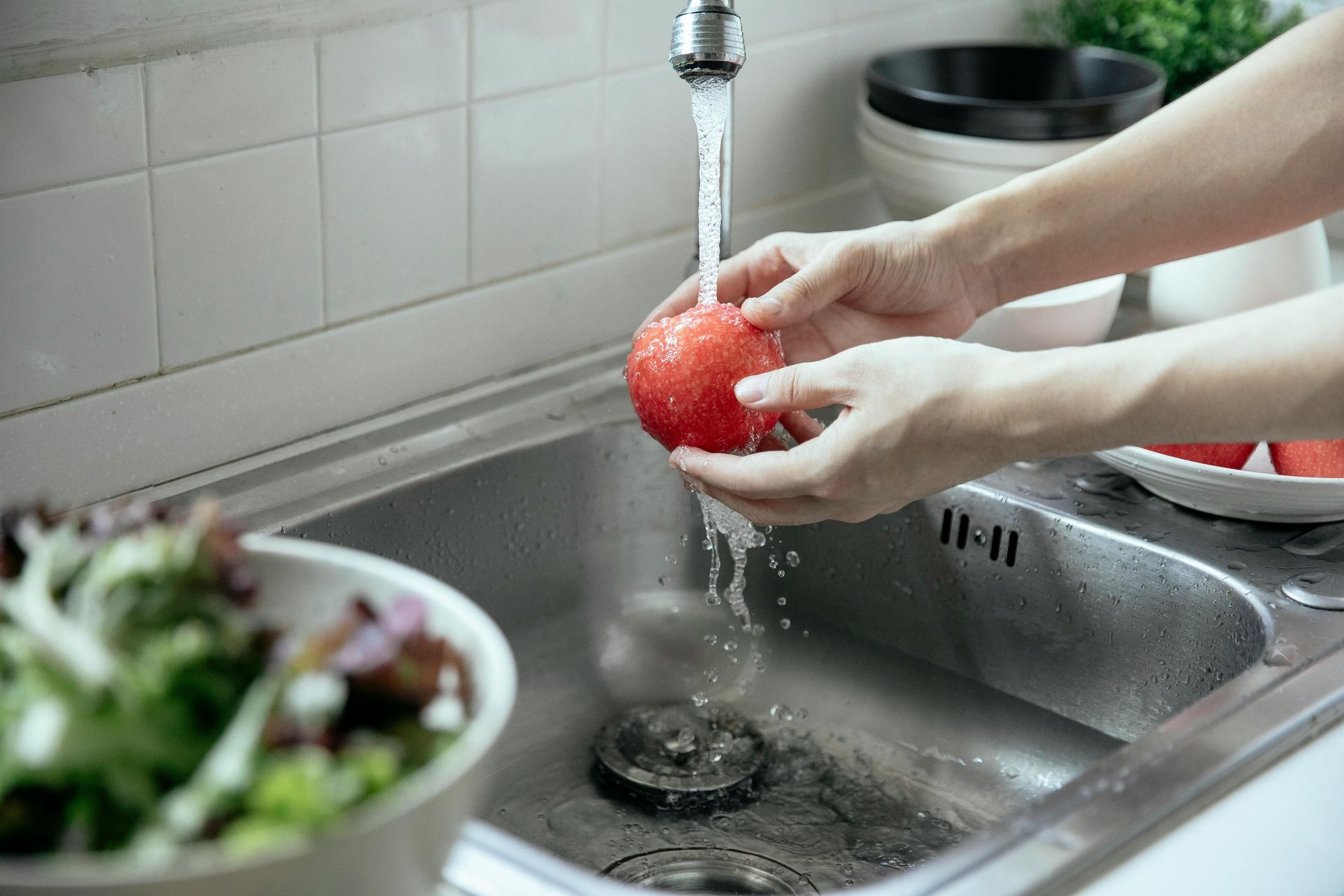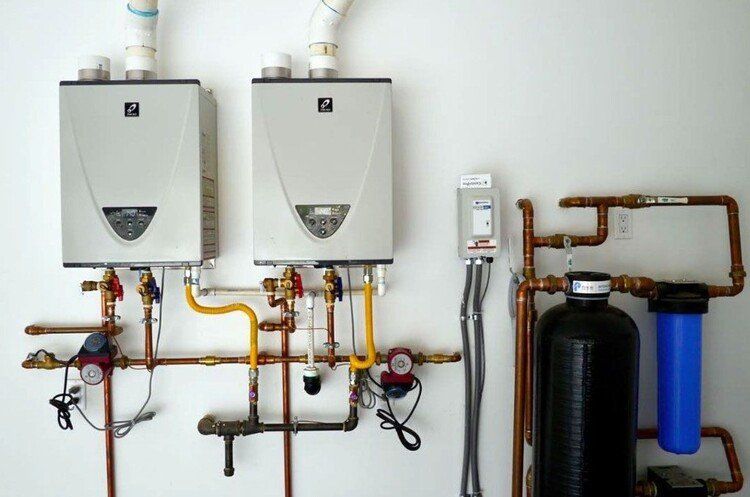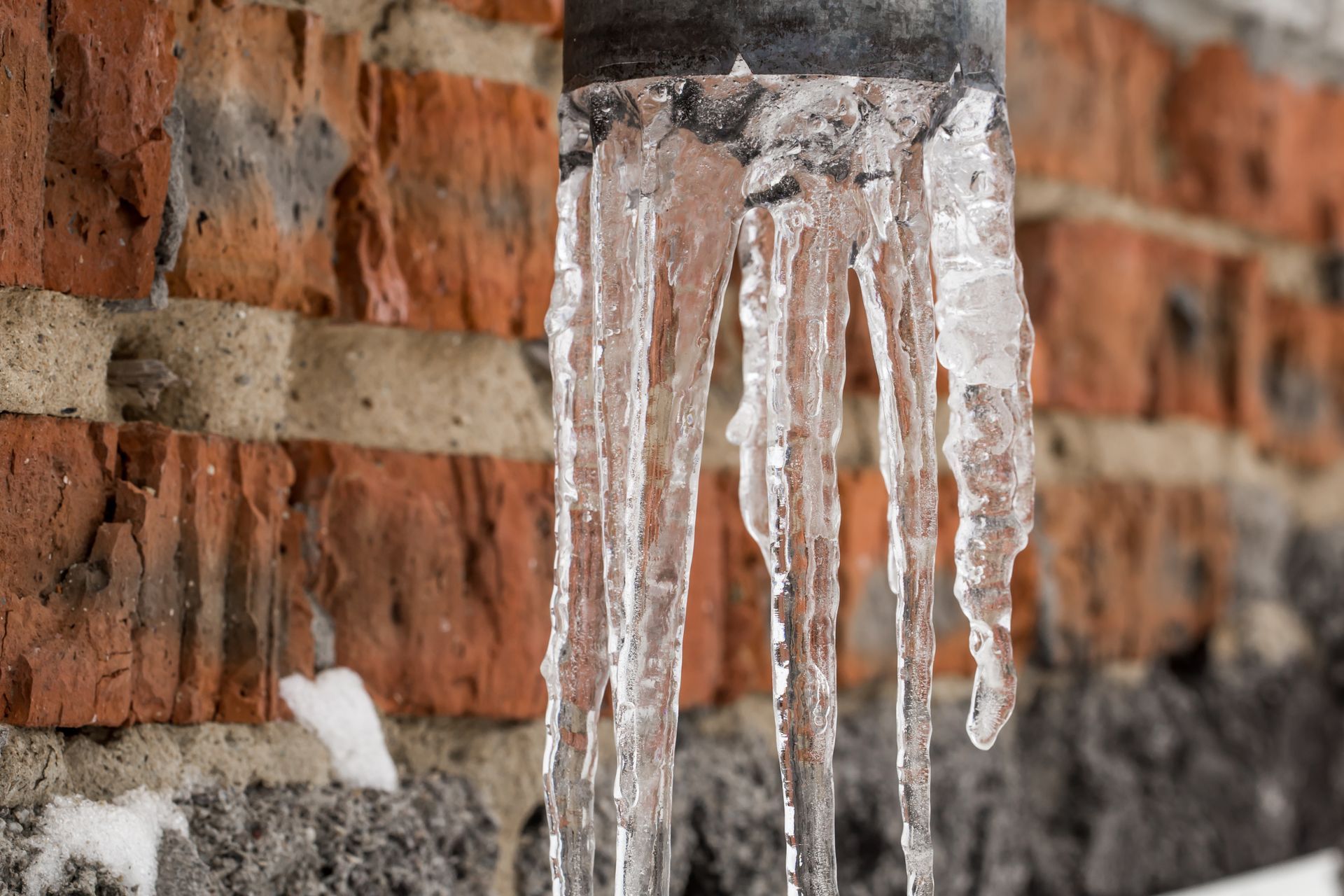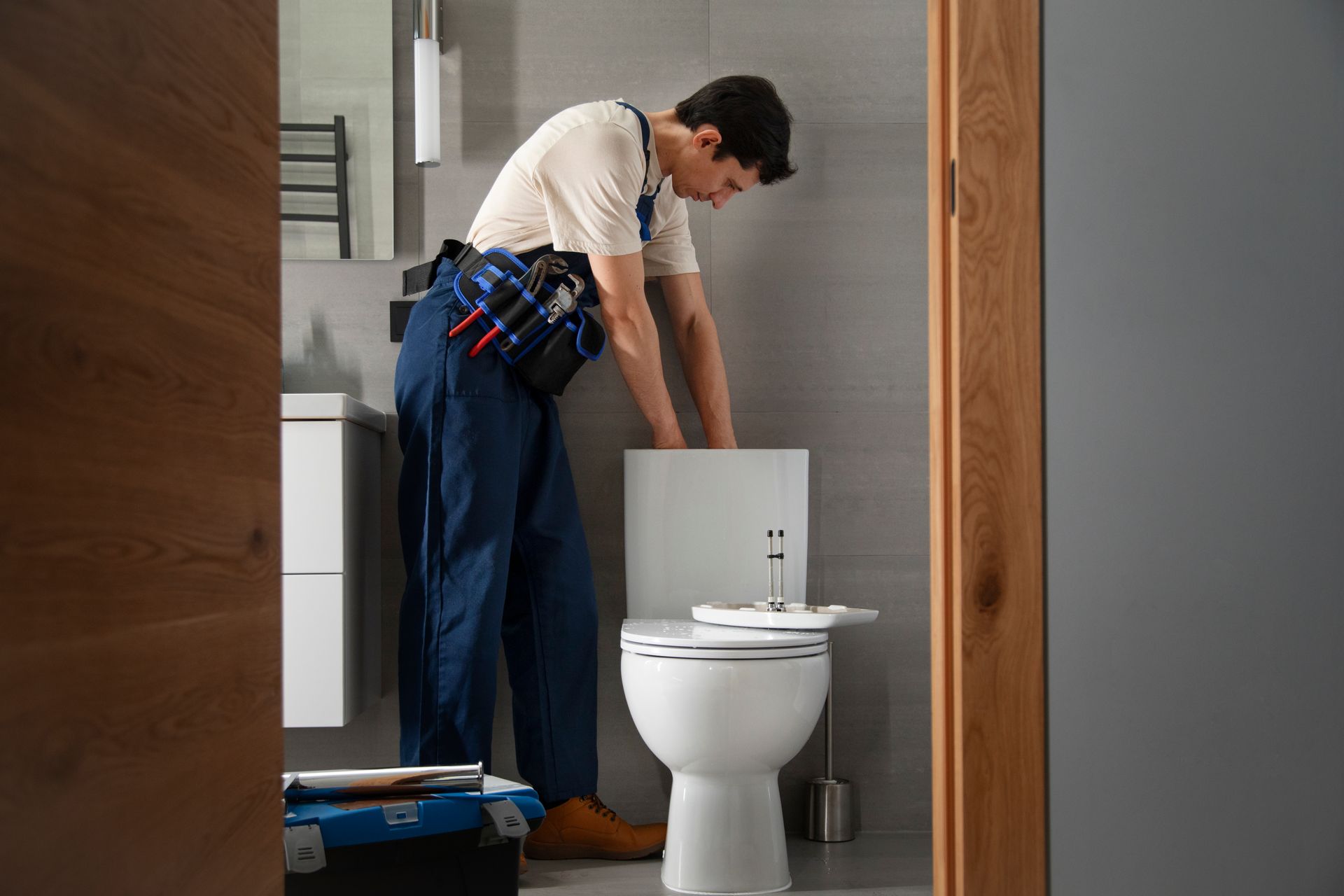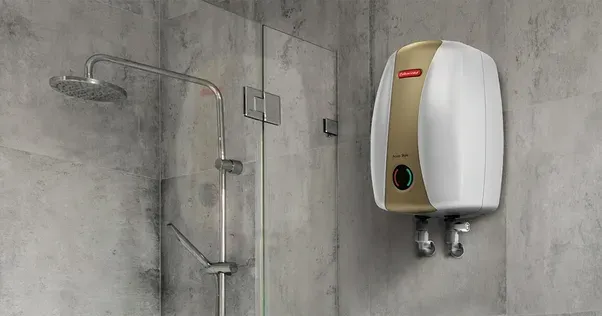How to Replace a Faulty Washing Machine Water Inlet Valve?
Replacing a faulty washing machine water inlet valve is a critical repair that restores proper water flow to your appliance, prevents flooding, and resolves issues such as failure to fill, leaks, or continuous water supply. This detailed guide will walk you through the entire replacement process with a professional approach, drawing on expert insights from trusted contractors like All City Plumbers. Alongside washing machine repairs, this article integrates the importance of other plumbing tasks such as how to replace a leaky shower cartridge and waterline repair and replacement to provide a thorough understanding of home water system maintenance.
Understanding the Water Inlet Valve and Its Role in Your Washing Machine
The water inlet valve controls the flow of water from your home's supply lines into your washing machine. It typically has two solenoid valves for hot and cold water, which open and close electronically to fill the washer tub with the correct water temperature and amount as per the selected wash cycle. A faulty valve can cause several issues:
- Washer won't fill with water.
- Continuous water flow causing flooding.
- Water leaking from the back of the machine.
- Unusual noises during the fill cycle.
- Clothes not properly rinsed or washed due to insufficient water.
Since the valve regulates water intake directly from your waterline, any defect can cause significant water wastage, damage, or operational failure.
Signs Your Washing Machine Water Inlet Valve Needs Replacement
Early diagnosis saves money and damage. Common symptoms of a faulty water inlet valve include:
- Washer fails to fill or fills very slowly.
- Water continuously flows or leaks even when the machine is off.
- The machine's water fill cycle is irregular or noisy.
- Visible water leakage around the valve or hoses.
- Electrical tests show no response from the inlet valve solenoids.
If you notice these signs, replacing the valve promptly is advisable.
Getting Ready: Tools and Safety Precautions
Before starting the repair, gather the following tools and materials:
- Replacement water inlet valve compatible with your washing machine model.
- Screwdrivers (usually Phillips and flathead).
- Adjustable wrench or pliers.
- Towels or a small container to catch water drips.
- A bucket.
- Multimeter (optional, to test electrical function).
- Safety gloves.
Always turn off the water supply to the washing machine and unplug the appliance from the power outlet. Safety is paramount when dealing with water and electrical components.
Step-by-Step Guide: How to Replace the Faulty Water Inlet Valve
Step 1: Shut Off Water and Power Supply
Locate the water shutoff valves for your washing machine (usually behind the machine or near the wall) and turn them off. Also, unplug the machine from the electrical outlet to prevent accidents.
Step 2: Move the Washer and Remove Access Panel
Slide the washer away from the wall to access the back. Depending on your model, remove the top or rear panel using a screwdriver or socket wrench to expose the water inlet valve assembly.
Step 3: Disconnect the Water Supply Hoses
Place towels or a small container underneath to catch any dripping water. Loosen the hose connections with pliers or by hand and carefully disconnect the hot and cold water hoses from the faulty inlet valve.
Step 4: Unplug the Electrical Connectors
The inlet valve has wiring connected to the solenoids. Gently disconnect the wire connectors, noting their positions or taking a photo to ensure correct reconnection.
Step 5: Remove the Old Water Inlet Valve
Remove the mounting screws or brackets holding the valve in place. Slide the valve out of its housing carefully.
Step 6: Install the New Water Inlet Valve
Compare the new valve to the old one to ensure compatibility. Insert the new valve into the mounting area, secure it with screws or brackets, and reconnect the electrical connectors to their matching terminals.
Step 7: Reattach Water Supply Hoses
Connect the hot and cold water supply hoses to the corresponding ports on the new valve. Secure the hoses using clamps or fittings provided, ensuring tight but not overtightened connections to prevent leaks.
Step 8: Replace the Access Panel and Move Washer Back
Reinstall the access panel you removed earlier. Push the washer back into its position carefully, ensuring hoses and cords are not kinked or crushed.
Step 9: Restore Water and Power Supply and Test
Turn on the water supply valves slowly and check for leaks around the new valve connections. Plug in the washing machine and run a short wash cycle to verify proper filling and operation. Monitor closely for leaks or irregularities during the cycle.
Maintenance Tips and Related Plumbing Considerations
Regular inspection of the washing machine water inlet valve and attached hoses can prevent unexpected breakdowns. Mineral deposits and sediment can clog the valve ports, so cleaning or replacement may be necessary over time.
Replacing a faulty water inlet valve is part of broader plumbing maintenance strategies. For example, similar care should be taken when you replace a leaky shower cartridge, which fixes water wastage and fixture leaks in bathrooms. Additionally, well-maintained household water systems sometimes require waterline repair and replacement to prevent leaks and pressure issues affecting appliances like your washing machine.
Engaging professional plumbing services such as All City Plumbers can ensure all these related systems work seamlessly together, promoting longevity and efficiency.
When to Call Professional Plumbers
While homeowners with mechanical aptitude often perform water inlet valve replacements, certain situations require expert intervention:
- Complex wiring or plumbing configurations.
- Persistent leaks after DIY attempts.
- Difficulty identifying the correct replacement part or diagnosing the issue.
- Presence of additional issues like controlling valves, electrical faults, or suspected waterline damage.
Professional plumbers like All City Plumbers bring the experience, tools, and certifications to handle these challenges safely and efficiently, reducing downtime and preventing further damage.
Conclusion
Replacing a faulty washing machine water inlet valve is a manageable repair that can significantly improve your washing machine's performance and prevent potential water damage. By carefully following the steps to disconnect, remove, and replace the valve while adhering to safety precautions, you can restore your appliance’s function efficiently.
Understanding related plumbing challenges, such as how to replace a leaky shower cartridge or undertake waterline repair and replacement, helps maintain a healthy home water system overall. When in doubt, relying on professionals like All City Plumbers maximizes repair reliability and home comfort.

